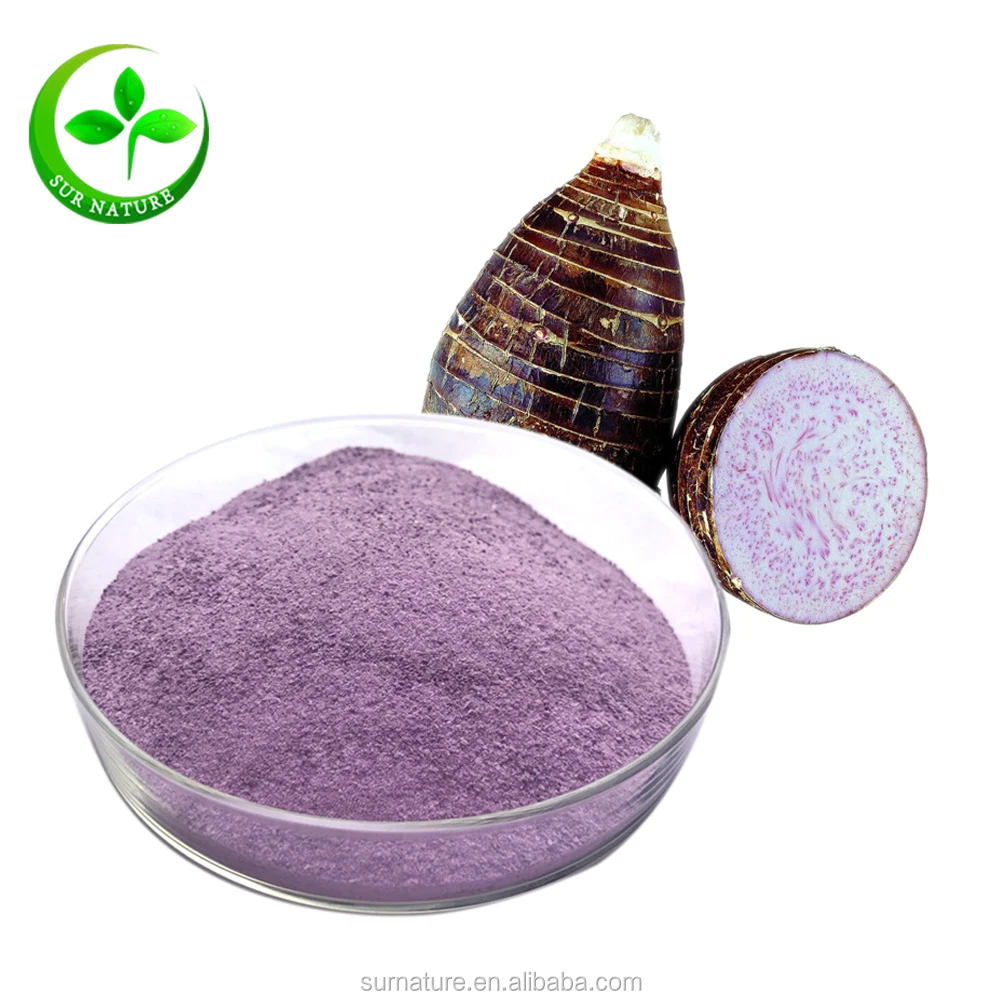

However, how to recreate milk flavour has rarely been reported. Milk has a pleasant smell and milk flavour can be used in several products. The blended flavor based on the recipe was harmonious and had typical natural odor characteristics of pineapple fruit.įlavour plays a crucial role in food and is the most important aspect of milk. On the basis of the olfactory discrimination, the pineapple recipe was modified and adjusted for several times, and finally a desired pineapple flavor recipe was obtained. In the light of the notes of pineapple flavor, the corresponding aromatic natural and synthetic ingredients having the same notes were choose to construct a pineapple flavor recipe. By smelling and tasting pineapple fruit, the notes of pineapple flavor was identified as fruity note, winy note, vanilla-like note, vegetative note, beany note, sweet note and acidic note. This paper deals with how to construct a pineapple flavor recipe and how to imitate a pineapple flavor with natural and synthetic aroma ingredients. Usually, flavor recipes are trade secrets.

The aroma of pineapple is very popular and pineapple flavor has good prospects for application. Pineapple is an aromatic tropical fruit and has attractive sweet odor. The apparent activation energy and pre-exponential factor were 290.8 kJ/mol and 3.19 × 1024, respectively. At 236.3 ☌, the release rate of mentha-8-thiol-3-one attained the maximum value. Mentha-8-thiol-3-one release from the inclusion complex mainly occurred in the first stage of pyrolysis. The distributions of S, C and O can be observed element maps of mentha-8-thiol-3-one-β-CD inclusion complex. The inclusion complex aggregates had many geometric shapes and the particle size was mostly in the range of 1–3 μm. The results showed that mentha-8-thiol-3-one was successfully encapsulated in β-cyclodextrin, and the loading capacity was about 13.5 %. Kinetics and release characteristics of mentha-8-thiol-3-one from the inclusion complex were determined by thermogravimetric analysis. The inclusion complex was characterized by transmission electron microscopy, Fourier transform infrared spectroscopy and X-ray diffraction. To improve its shelf-life and stability, and control its release, mentha-8-thiol-3-one-β-cyclodextrin inclusion complex was produced. Mentha-8-thiol-3-one, with a characteristic black currant flavor, has been widely used in blending flavors and perfumes. By this method slow flavor release and long-lasting scents can be obtained. The review indicates that inclusion complex method is an efficient way for encapsulation of flavor compounds. The application of computational chemistry to the study of flavor compound inclusion complexes were discussed. Structures, energies, and some properties of molecules can be studied by computational chemistry. The methods of characterization of solid inclusion complex mainly include x-ray diffraction technique, Infrared and Raman spectra, solid nuclear magnetic resonance spectroscopy, thermal analysis, mass spectrometry analysis, scanning and transmission electron microscopy. Methods of production flavor inclusion complex include solution method (water or water as the main component of the solution, cosolublizer), suspension method, gas/liquid interface method, and solid phase method (co-grinding method, heating in a closed container method, shaking method at room temperature). Cyclodextrins and their derivatives as the host materials were discussed in this paper. The complexation thermodynamics and calculations were also discussed. The host materials, the method of production flavor inclusion complex, and the methods of characterization of flavor inclusion complex were depicted. In this article, the production of control-release flavor by inclusion complex method was reviewed in considerable detail. It can provide protection and prevent the loss of volatile aroma materials, and improve shelf-life and enhance the stability of the entrapped ingredients of flavors. The inclusion complex method encompasses the idea of molecular recognition and interactions through noncovalent bonding.

The techniques for slow flavor release and long-lasting scents, for the stability of sensory perception, are much desired. They are volatile compounds and do not often last long in air especially at high temperature. Flavors have been widely used in many products.


 0 kommentar(er)
0 kommentar(er)
